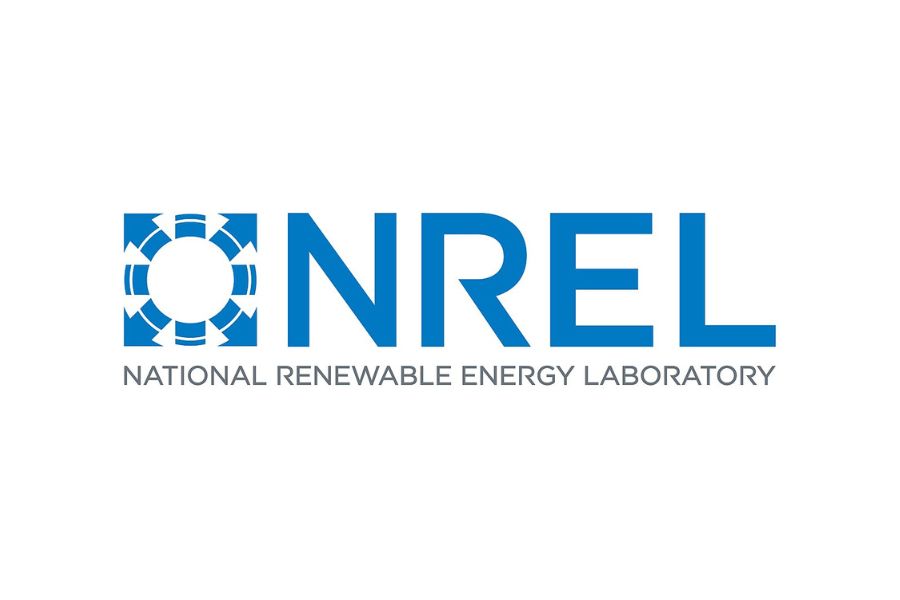Training Library
Zero Energy Building Basics from NREL

Zero energy buildings produce at least as much energy as they consume on an annual basis. They do this by incorporating state-of-the-art energy efficiency and renewable energy technologies.
Zero energy buildings produce at least as much energy as they consume on an annual basis. They do this by incorporating state-of-the-art energy efficiency and renewable energy technologies.
Zero energy buildings also can produce a surplus of energy over the year which contributes significantly less to greenhouse gases than traditional buildings.
Zero energy buildings use renewable technologies such as solar and wind to produce energy while reducing the overall use of energy with highly efficient HVAC and lighting systems.The zero energy goal is gaining momentum and becoming more practical as the costs of alternative energy technologies decrease and the costs of traditional fossil fuels increase. Corporate goals, as well as regulatory mandates, are encouraging many commercial businesses and government agencies to move toward zero energy buildings.
NREL RESOURCES:
- Video of Discovery Elementary, a Zero Energy School – Take a virtual tour of a zero energy school during this video. The video features administrators, teachers, parents, and students as they discuss the learning, financial, and environmental benefits of making a school zero energy.
- A Guide to Zero Energy and Zero Energy Ready K-12 Schools – This guide was developed as part DOE’s Zero Energy Schools Accelerator (ZESA), a collaborative effort organized by DOE, with support from the National Renewable Energy Laboratory, and in partnership with school districts, states, and nongovernmental organizations around the country. This document outlines the steps to creating a zero energy school. These steps serve as a guide to ensure that a school achieves its zero energy design goal and maintains its zero energy status after it’s occupied and operating.



